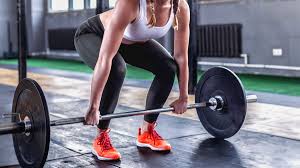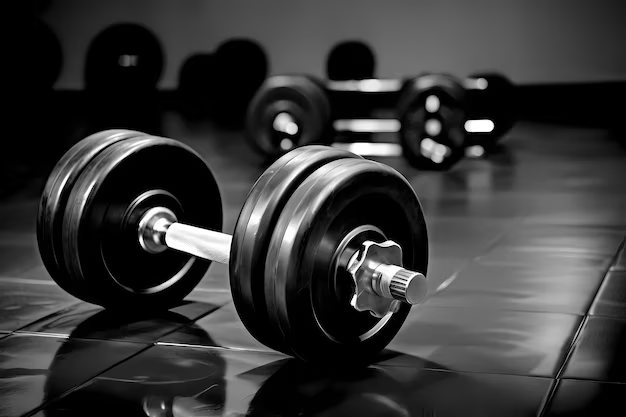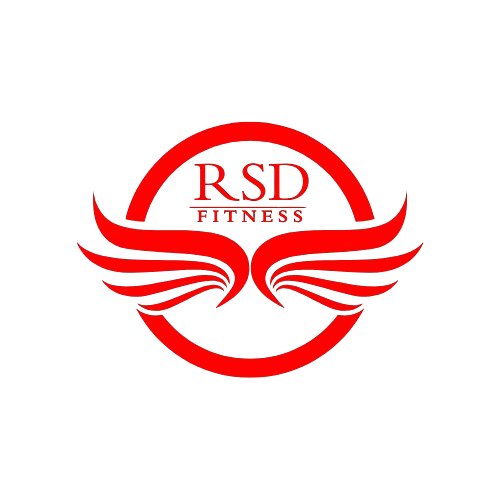

Weightlifting is a physically demanding sport that pushes the body to its limits, fostering strength, endurance, and power. However, with great physical stress comes the risk of injury, especially if one does not prioritize recovery and injury prevention. This article delves into strategies for recovery and preventing injuries to ensure long-term success in weightlifting.
Understanding Recovery
Recovery is the body’s process of repairing and rebuilding tissues that were damaged during training. Proper recovery is essential for gaining strength, muscle mass, and overall performance. In weightlifting, recovery can be broken down into several components: muscular recovery, nervous system recovery, and mental recovery.
- Muscular Recovery:During weightlifting, muscles undergo microtears that stimulate muscle growth when repaired. Muscular recovery includes the healing and rebuilding of these fibers. Adequate rest, hydration, and nutrition—especially protein—are essential in facilitating this recovery.
- Nervous System Recovery:Weightlifting also taxes the central nervous system (CNS), especially during heavy lifts or high-volume sessions. CNS fatigue can affect coordination, strength, and concentration, leading to decreased performance and increased injury risk. Ensuring proper rest and sleep is critical to allow the nervous system to recover fully.
- Mental Recovery:Weightlifting can be mentally demanding, especially for competitive lifters. Mental recovery involves allowing the brain to relax, reduce stress, and avoid burnout. Practices like mindfulness, meditation, and taking breaks from lifting can help in mental recovery.

Key Recovery Strategies
- Adequate Sleep:Sleep is one of the most important recovery tools for any athlete. During deep sleep, the body releases growth hormones, which aid in muscle repair and recovery. Athletes should aim for at least 7-9 hours of quality sleep per night. Avoiding caffeine and screens before bed can improve sleep quality.
- Nutrition:Nutrition is a cornerstone of recovery. After a workout, the body needs nutrients to repair damaged muscles and replenish glycogen stores. Post-workout meals should include both protein and carbohydrates. Protein helps repair muscle tissue, while carbohydrates restore energy. Hydration is equally important, as it helps to flush out toxins and reduce muscle soreness.Key nutritional tips for recovery include:
- Consume a high-protein meal or shake (20-30 grams of protein) within 30 minutes of training.
- Incorporate complex carbohydrates to replenish glycogen stores.
- Ensure adequate intake of electrolytes, particularly after intense sweating.
- Maintain overall balanced nutrition with a focus on whole foods.
- Active Recovery:Active recovery involves low-intensity exercises like walking, swimming, or yoga, which keep the body moving without placing stress on the muscles. This type of recovery increases blood flow, which helps remove metabolic waste and brings oxygen and nutrients to the muscles, aiding in recovery. Stretching and mobility exercises can also be considered part of active recovery.
- Foam Rolling and Massage:Foam rolling and massage are effective in releasing muscle tension, breaking down scar tissue, and improving blood circulation. Self-myofascial release through foam rolling helps to break up knots in the muscles, relieve tension, and increase range of motion.
- Hydration:Water is critical for recovery because it transports nutrients throughout the body and helps regulate body temperature. During intense weightlifting sessions, the body loses water through sweat, so staying hydrated helps reduce muscle cramps, aids digestion, and flushes out toxins that could delay recovery.
- Rest Days:Rest days are non-negotiable in a weightlifting program. They allow the body to repair and grow stronger. Without proper rest, overtraining occurs, leading to fatigue, burnout, and an increased risk of injury.

Injury Prevention
Preventing injuries in weightlifting requires a combination of proper technique, adequate warm-up, smart programming, and body awareness. Here’s a breakdown of essential practices for injury prevention:
- Proper Technique:Technique is everything in weightlifting. Incorrect form, especially under heavy loads, can result in significant injuries to the joints, muscles, and spine. Lifters should ensure they learn proper lifting techniques from a certified coach or trainer. Some key points to emphasize include:
- Keeping the spine neutral and avoiding excessive rounding or arching of the back.
- Using controlled movements to lift weights, rather than jerking the weight.
- Engaging core muscles during lifts to protect the lower back.
- Using proper footwear that provides stability and grip.
- Warm-Up:A proper warm-up is essential to prepare the muscles, joints, and nervous system for the demands of weightlifting. The warm-up should involve dynamic stretching, mobility exercises, and light cardiovascular activity to increase blood flow. This can reduce the risk of strains, sprains, and muscle tears.
- Progressive Overload:Weightlifting programs should follow the principle of progressive overload, which means gradually increasing the weight, volume, or intensity of training. Rapid increases in intensity without proper conditioning can lead to overuse injuries, such as tendinitis or stress fractures. A well-structured program allows for gradual progression and adequate recovery time between sessions.
- Listening to Your Body:Weightlifters must be in tune with their bodies and recognize when something feels off. Pain, especially sharp or persistent pain, is often a signal of injury. Ignoring it and continuing to push through could lead to more severe injuries. When in doubt, it’s better to rest and seek medical advice than to push through pain and risk long-term damage.
- Proper Load Management:Lifting too much weight or doing too many sets without proper recovery can lead to overtraining, increasing the risk of injury. Athletes should follow structured programs that incorporate appropriate loads based on their current strength levels. Periodization, which involves cycling through different phases of training (strength, hypertrophy, and power), allows for proper rest and load management.
- Strengthening Weak Points:Identifying and addressing weak points in the body can prevent injuries. For example, weak stabilizing muscles in the shoulders or hips can increase the risk of injuries in those areas. Accessory exercises that target these muscles can help maintain balance and strength, preventing compensatory movements that lead to injury.
- Regular Mobility Work:Maintaining flexibility and joint mobility is crucial in injury prevention. Stiff muscles and restricted joints are more prone to injury. Regular stretching and mobility exercises help improve range of motion, making it easier to perform lifts with proper form.
- Use of Safety Equipment:Weightlifters can benefit from using safety equipment such as weight belts, knee sleeves, and wrist wraps. A weight belt helps stabilize the core and protect the lower back during heavy lifts, while knee sleeves provide support to the knee joint. However, these should not be relied on as a substitute for proper technique.

The Role of Recovery in Injury Prevention
Recovery and injury prevention are closely intertwined. Inadequate recovery increases the risk of injury due to muscle fatigue, poor coordination, and impaired judgment. Chronic overtraining, without allowing the body time to heal, can lead to overuse injuries, such as tendinitis, stress fractures, and joint pain. By prioritizing recovery, weightlifters can minimize injury risk and prolong their lifting careers.
Key Takeaways:
- Prioritize rest: Overworking muscles without adequate recovery leads to fatigue and injury.
- Emphasize proper technique: Correct lifting form is the foundation of injury prevention.
- Maintain balance: Strengthen weak points and ensure proper mobility to avoid compensatory injuries.
- Listen to your body: Recognize signs of fatigue or pain and adjust your training accordingly.
Proper recovery and injury prevention are critical to long-term success in weightlifting. They ensure that athletes can continue to push their limits while minimizing the risk of injuries that could derail progress. Through a balanced approach of rest, nutrition, body awareness, and smart training, weightlifters can stay healthy and strong for years to come.

